Autodermoplasty
In some clinical cases, skin flap grafting is required to restore the integrity of the skin. Modern plastic surgery has sufficient experience in performing such operations, which can eliminate the threat to life, avoid the risk of rejection, increasing the chances of successful healing.

specialists

equipment

treatment
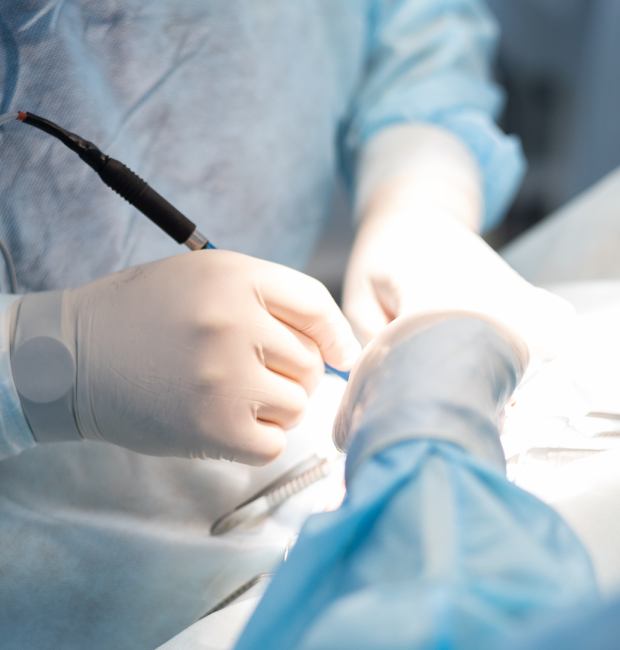
The overwhelming majority of clinical indications for autodermoplasty are related to combustiology. Burns occur due to exposure to high temperatures, aggressive chemicals, electric current, IR and UV radiation.
Skin grafting after a 2nd degree burn is performed with 10% damage to the skin, but it often becomes necessary with a 3rd degree burn, when the basal and all dermal layers are lost. A 4th degree burn requires a delay in transplantation until the victim's condition stabilizes.
Autodermoplasty is an effective method of treating extensive wounds resulting from trauma. In this case, we are talking about scalped, lacerated, crushed injuries of large area and depth. Their healing is due not to primary intention, but to the proliferation of fibroblasts and the formation of granulation tissue.
It is advisable to use skin transplantation in the presence of bedsores or trophic ulcers - non-healing wounds accompanied by inflammation and necrotic changes in tissue. Pathology often becomes a consequence of diabetes mellitus, varicose veins, thrombophlebitis of the lower extremities, etc.
Skin grafting is also possible during plastic surgery on the face, to restore the integrity of the palate or the functionality of the jaw-joint apparatus. For aesthetic purposes, the operation is recommended to eliminate keloid scars.
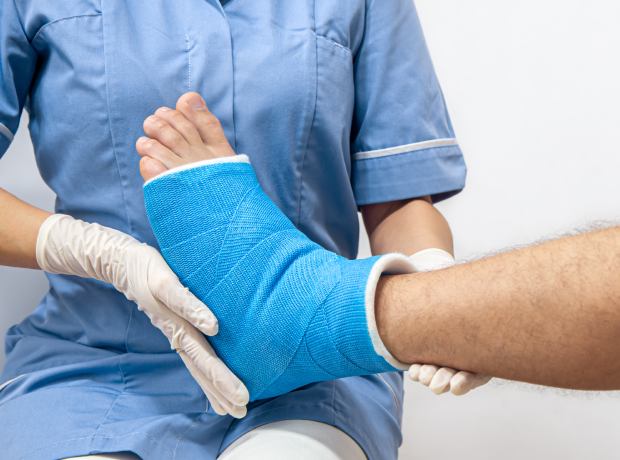
There are a number of restrictions, in the presence of which skin plastic surgery is postponed or becomes impossible. These include:
- The patient is in a state of shock or fever
- Severe toxicoinfectious pathologies
- Inflammation in the transplant area
- Extensive blood loss
- Hemorrhagic skin diseases accompanied by the formation of serous exudate
- Anemia, increased levels of protein fractions and leukocytes in the blood
- Pregnancy or lactation period
If the patient's condition is diagnosed as severe or unstable, then plastic surgery is postponed to a later date until stable life support indicators are achieved, symbolizing the body's exit from the crisis.
Types of transplants
Autologous tissue, cellular or allograft skin flap is used for transplantation. The first option is the most preferable, since in this case the donor is the patient's own skin. The material is taken from the anterior abdominal wall, thighs, chest or shoulders. The surgeon determines the size and thickness of the transplant in advance depending on the parameters of the damaged area.
However, in cases of lesions that occupy 30-40% of the skin, restoration using the body's own resources is impossible. In such cases, donor material taken from another person is used. The complexity of allograft operations is that scars may also form after taking the biomaterial from the donor. In addition, the survival rate of the allograft is always lower than that of the body's own skin due to the peculiarities of biocompatibility and other factors.
Clinically, it is also possible to transplant skin created artificially in laboratory conditions. The flap is a collagen scaffold, cultured by human epidermal cells, for subsequent growth of fibroblasts, blood and lymphatic vessels, nerve fibers from tissues located around the wound.
For skin transplantation on exposed parts of the body, it is necessary to maintain maximum authenticity of the transplant so that it is invisible against the background of the rest of the skin. The flap is selected taking into account the color, elasticity, and degree of hairiness. So, for autodermoplasty on the face, skin for transplantation is taken from the area above the collarbone, in front of or behind the ear.
For extensive 2nd-3rd degree burns, the wounds are first closed with xenoderm grafts made from pig skin, and then, after preparation, the patient’s own or allografts are implanted.
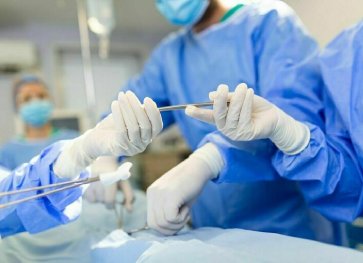
Several types of skin flaps can be used to perform surgeries:
- Split Thin biomaterial (up to 0.7 mm) with several epithelial layers is easily removed and takes root well. To cover large wounds, it is perforated, increasing the area without additional skin and providing drainage for healing.
- Full-layer A section of skin with subcutaneous fat (0.8–1.1 mm) is used for transplantation onto feet and palms, as it is resistant to stress and retains its natural color.
- Thin Thickness no more than 0.2 mm. Transplanted quite rarely. After implantation, the flap wrinkles, because it contains a small number of elastic fibers.
General information about the procedure
Autodermoplasty in the clinic K+31
For the clinic's patients, there is a plastic surgery department, where highly qualified doctors perform dermoplasty of any complexity.
The list of services includes preliminary preparation for surgery using modern types of diagnostics, surgical intervention for skin transplantation in a fully equipped operating room, care and rehabilitation.
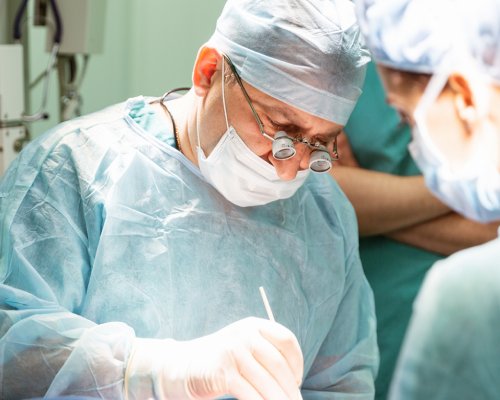

This award is given to clinics with the highest ratings according to user ratings, a large number of requests from this site, and in the absence of critical violations.

This award is given to clinics with the highest ratings according to user ratings. It means that the place is known, loved, and definitely worth visiting.

The ProDoctors portal collected 500 thousand reviews, compiled a rating of doctors based on them and awarded the best. We are proud that our doctors are among those awarded.
Make an appointment at a convenient time on the nearest date
Price
Plastic surgery in K+31












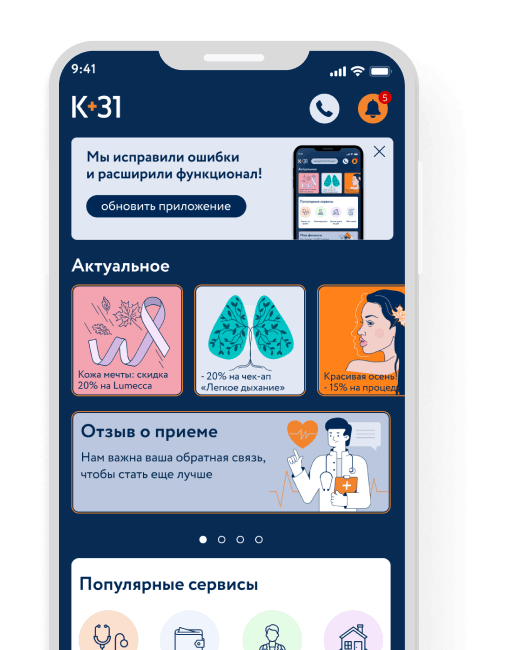
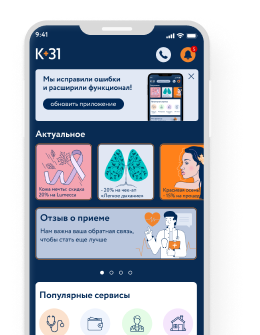


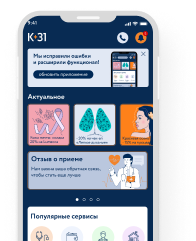

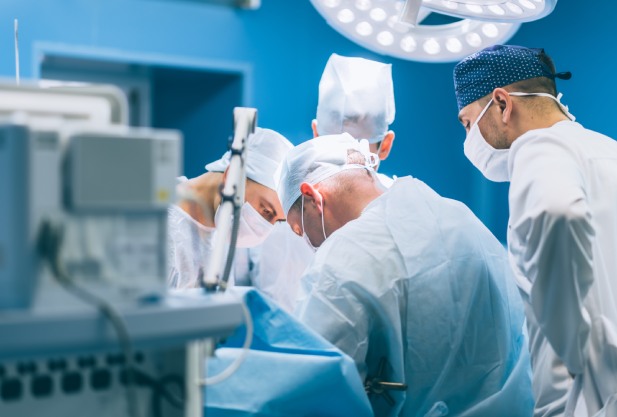

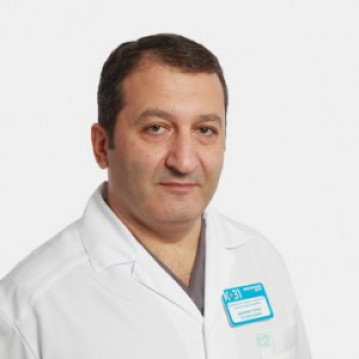





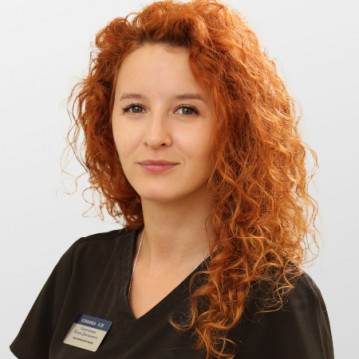
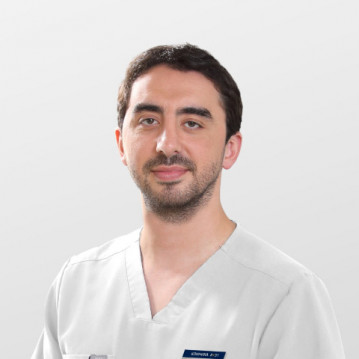

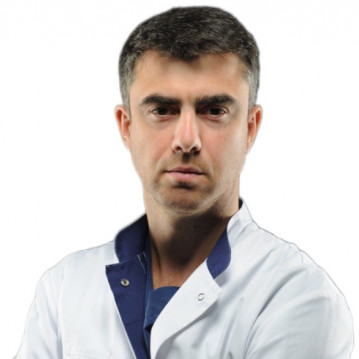
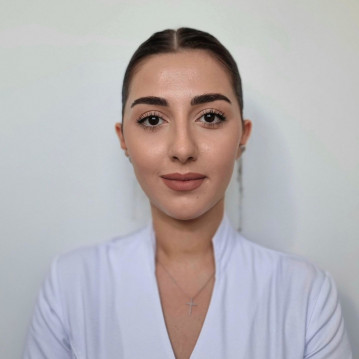
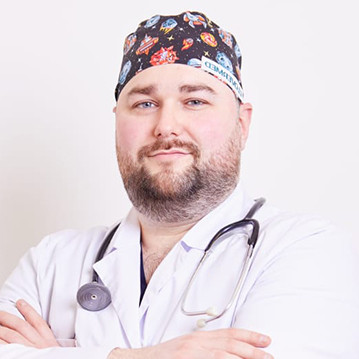

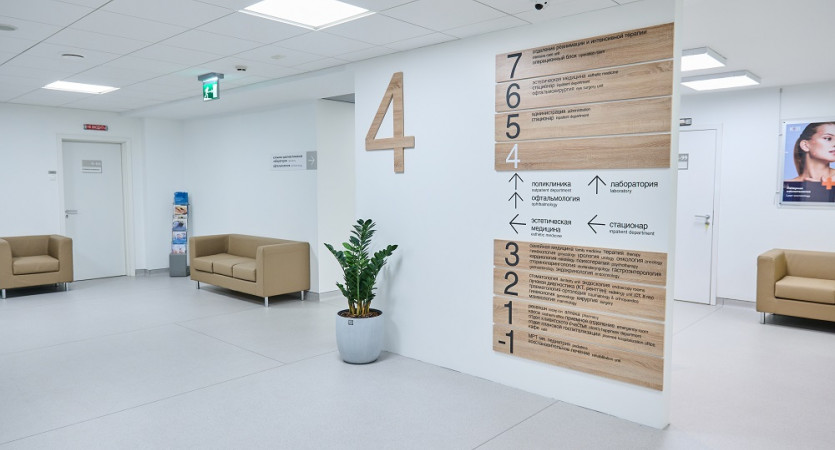
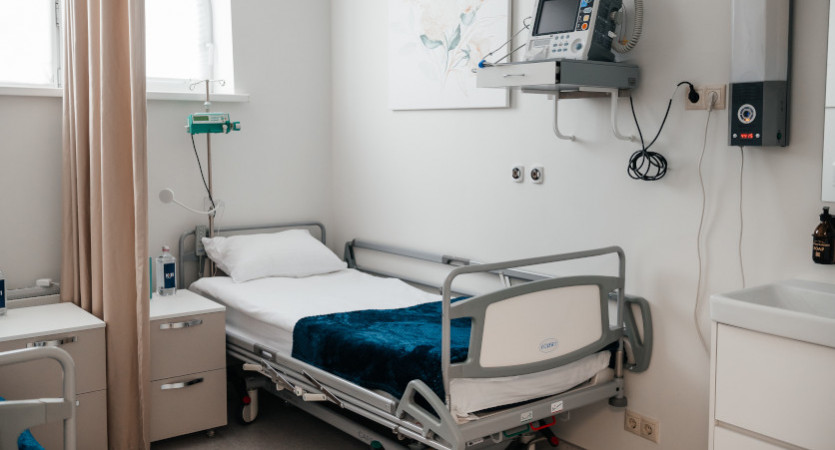
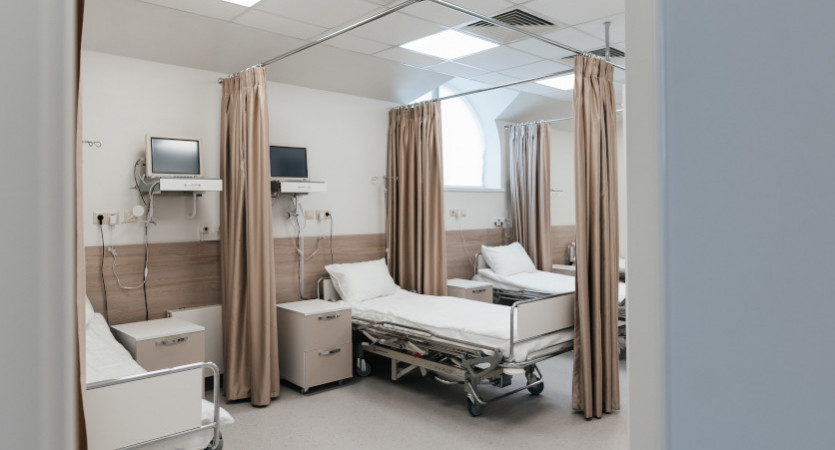
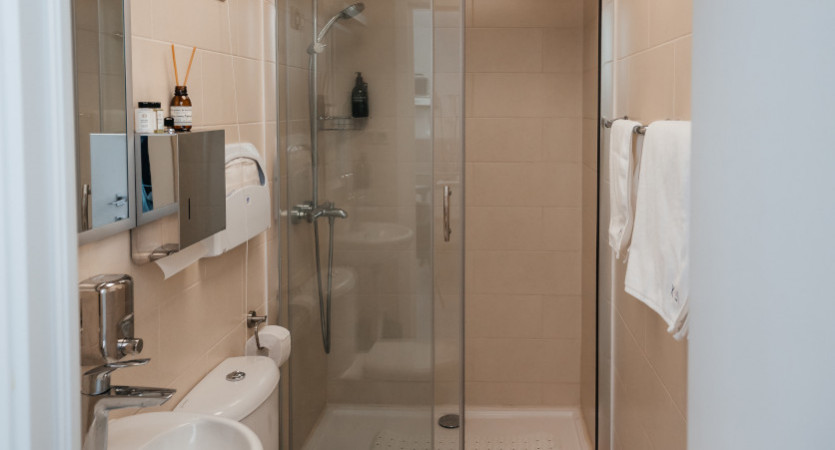
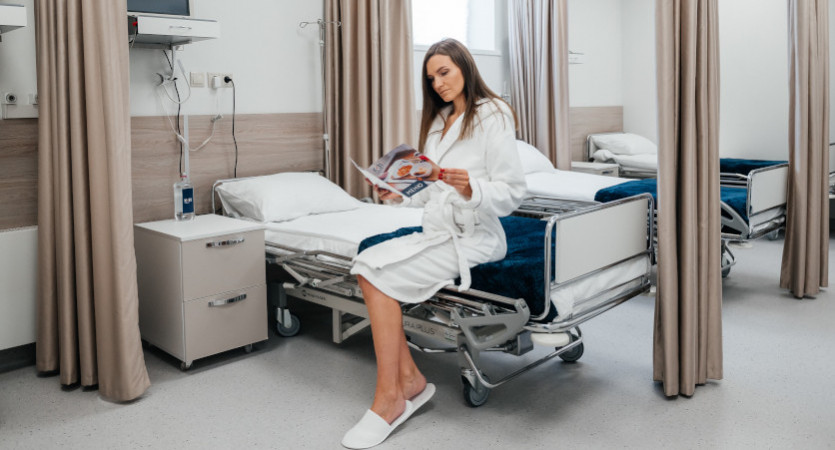
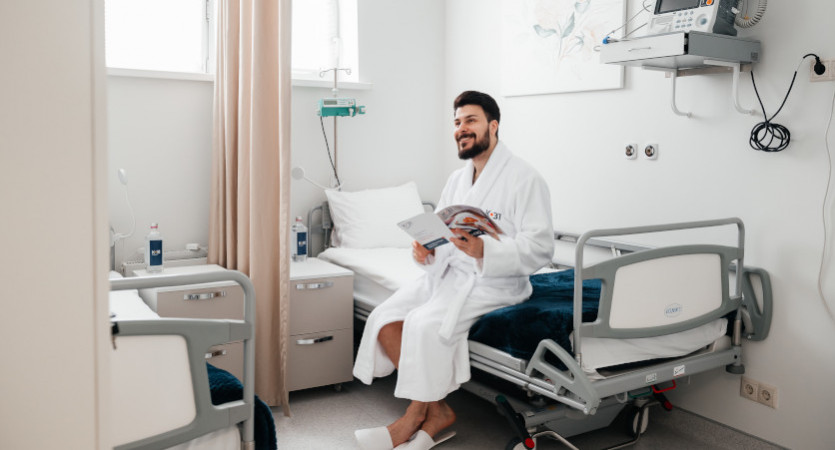
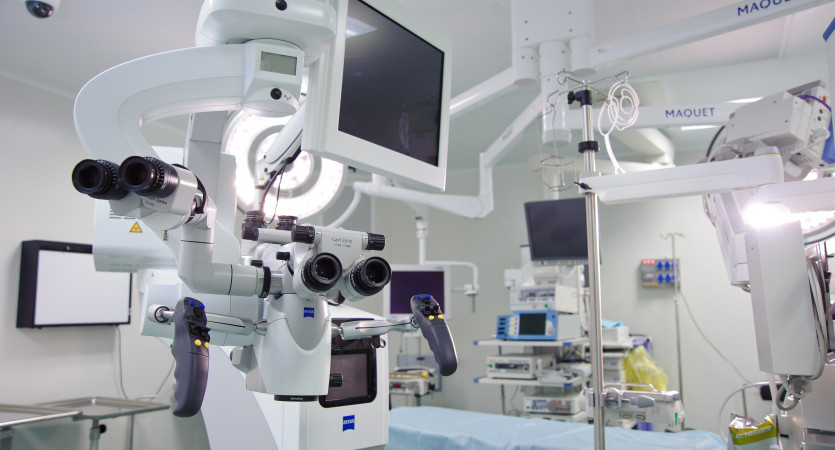

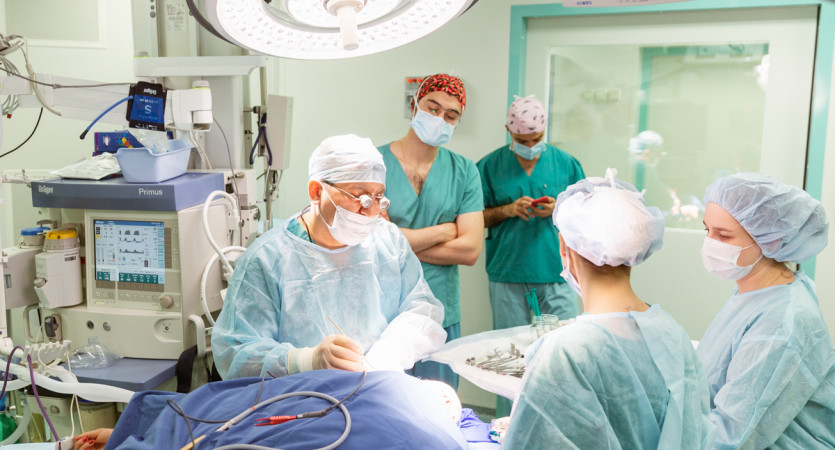

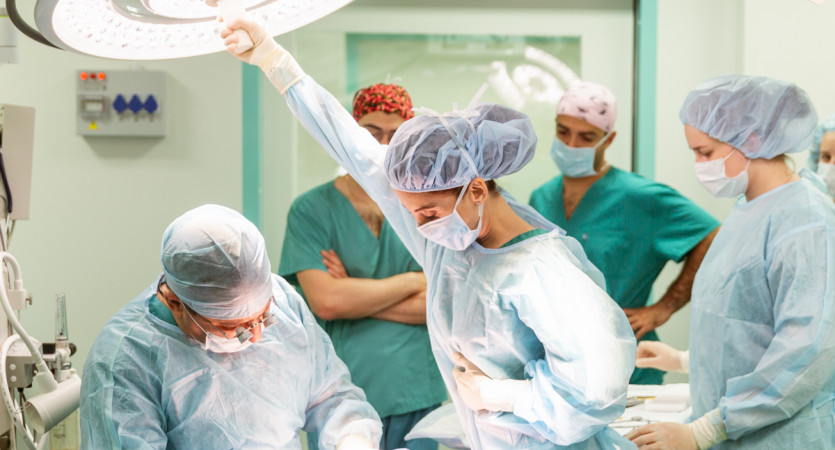


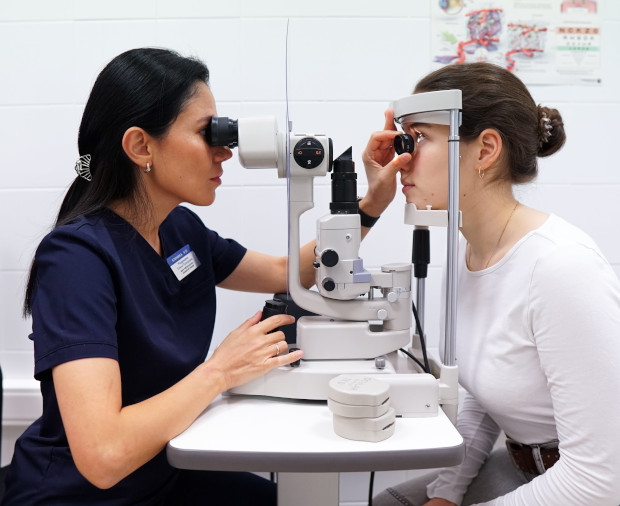


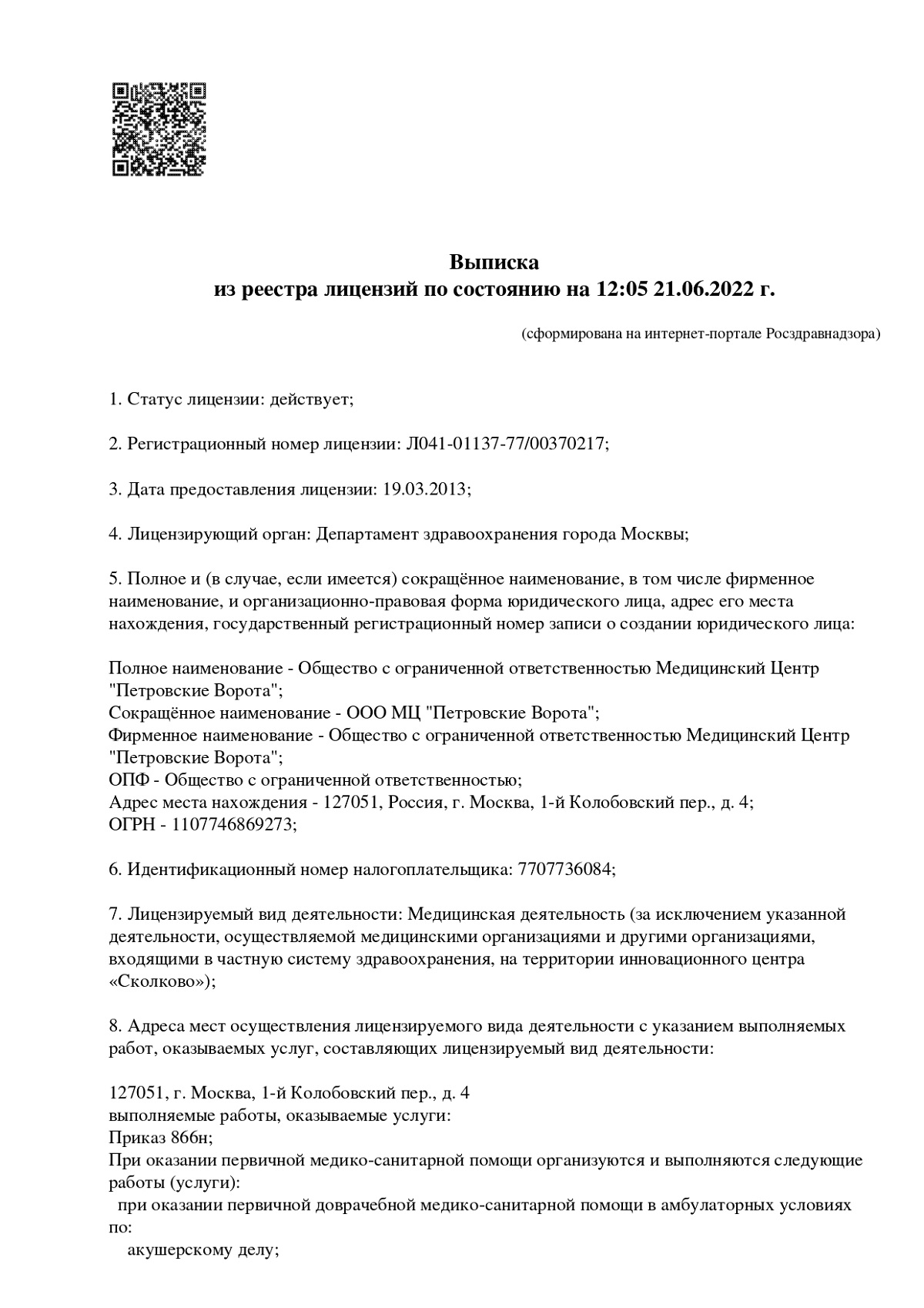








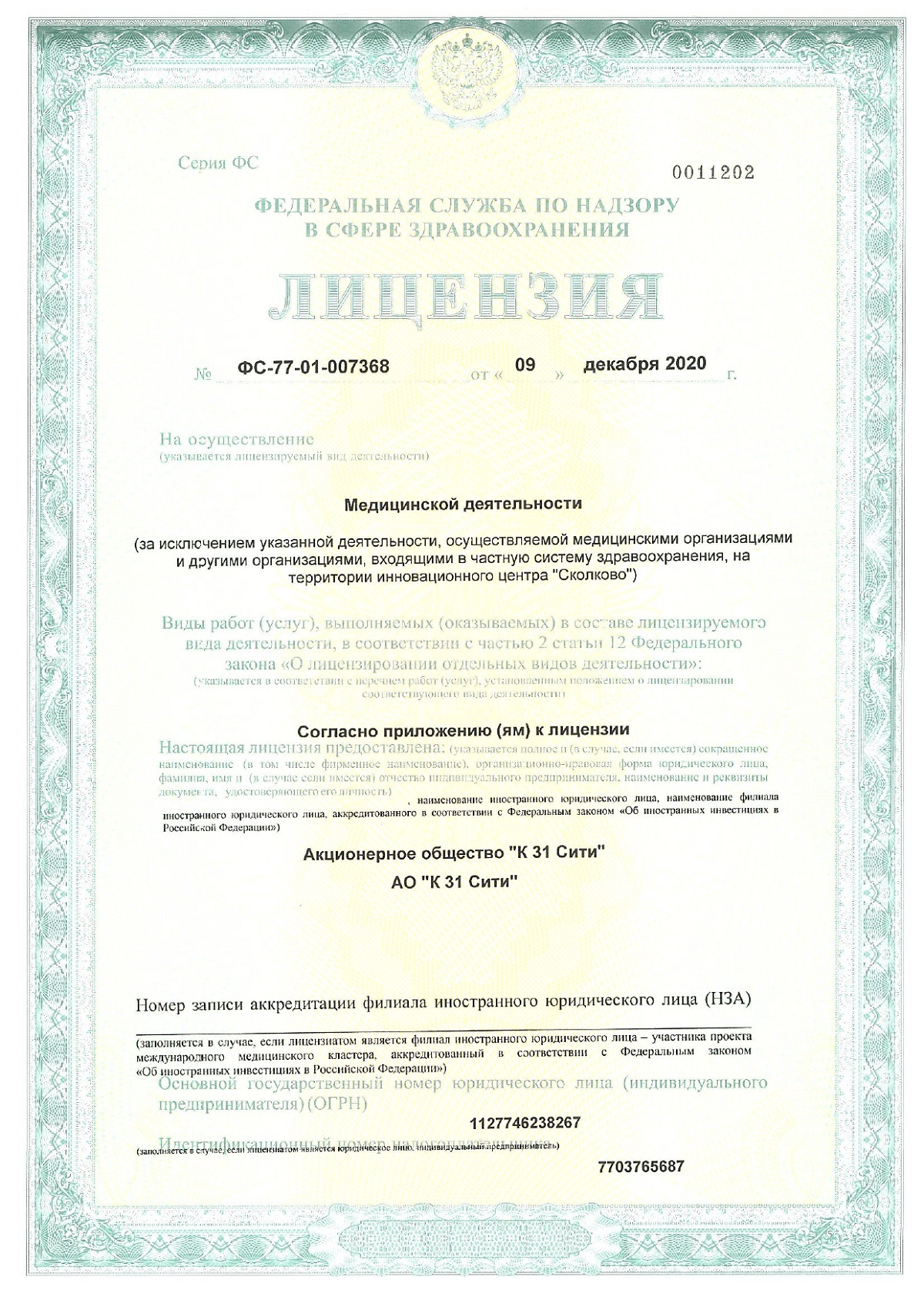

What is the essence of skin grafting?
Autodermoplasty is a skin flap transplantation onto the surface of a wound that is not amenable to physiological healing due to the lack of natural regenerative abilities of cells. This is a rather complex process that pursues two main goals: to ensure the normal functioning of the transplanted skin after engraftment, and to recreate its normal condition for a positive aesthetic perception.
Skin is an organ that protects the body's interior from infection and other environmental aggressions. Its functionality and importance for the body's viability are difficult to overestimate, which is why it is so important to restore damaged areas to avoid possible dangers.
On the other hand, smooth, even skin without scars and other deformations will relieve psychological discomfort and other complexes associated with appearance. Skin transplant surgery is performed on any part of the body and face.